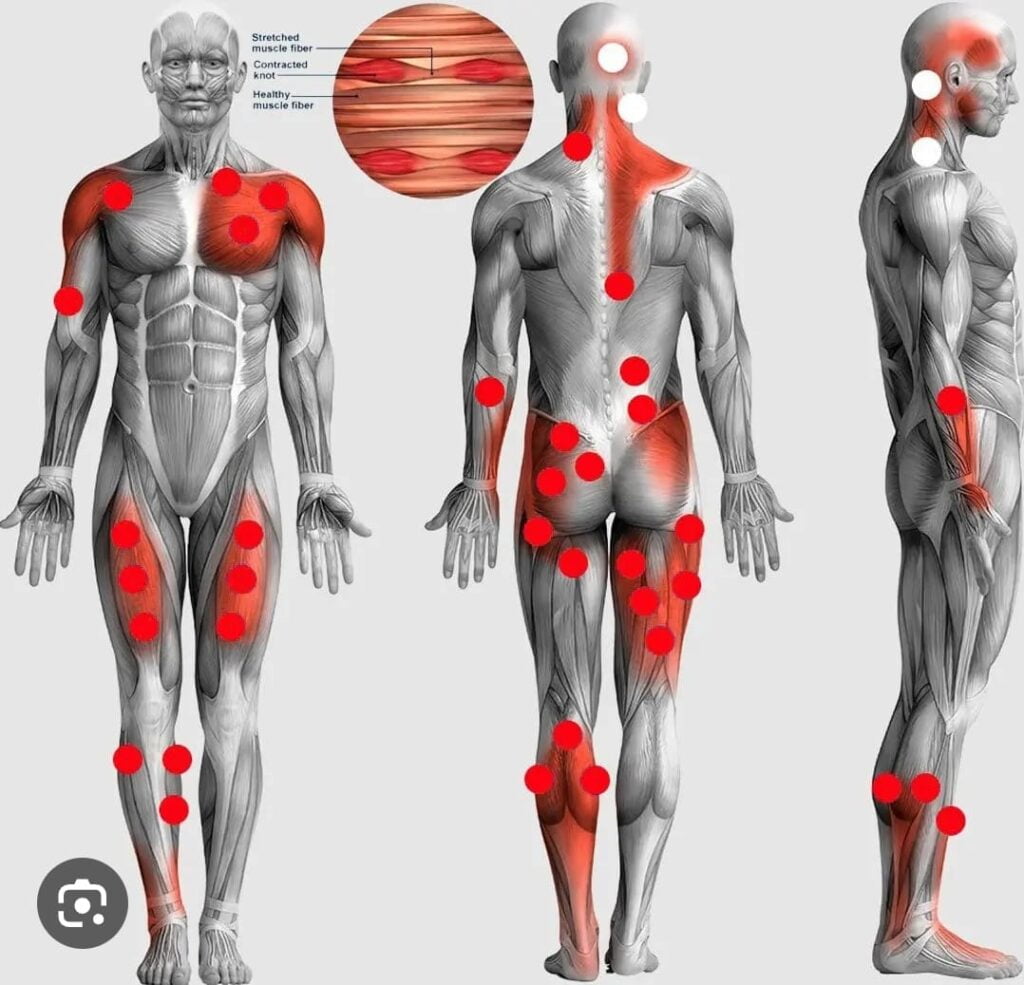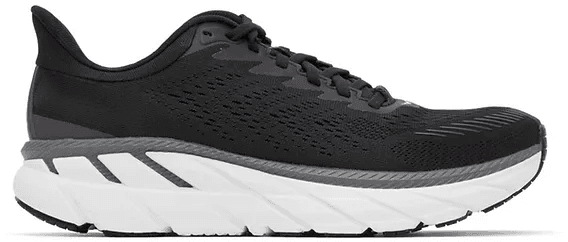Archive April 2018
6 Apr
What is iliotibial band syndrome and how is it treated?
Iliotibial (IT) band syndrome is often caused by repetitively bending the knee during physical activities, such as running, cycling, swimming, and climbing. The IT band is a group of fibers that run the length of the upper leg, from the hip to the top of the shin.The best treatment is often to stop doing the activity that is causing the pain. In more severe cases, surgical options may need to be considered. Symptoms 1) Pain when running or doing other activities involving the outside of the knee2) A clicking sensation where the band rubs against the knee3) Lingering pain after exercise4) The knee is tender to touch5) Tenderness in buttocks6) Redness and warmth around the knee, especially the outer aspect Treatment IT band syndrome is often relatively easy to treat. There are two main types of treatment for the condition: 1) Reducing pain and swelling2) Stretching and preventing further injury Some of the most common ways to treat IT band syndrome include: 1) Resting and avoiding activities that aggravate the IT band2) Applying ice to the IT band3) Massage4) Anti-inflammatory medications, which are often available overthe counter5) Ultrasounds and electrotherapies to reduce tension (News from medical news today) Us our contact form or call today our ANRC Physiotherapy clinics in Horsham, East Grinstead, West Sussex or Lingfield, Surrey which Physiotherapy or Sports injury treatments.
READ MORE4 Apr
What is a Muscle Knot and How we can treat it?
The medical term for muscle knots is myofascial trigger points. These are occur when muscle fibers or the bands of tissue called fascia underneath them tense and tighten. Symptoms: These knots can develop almost anywhere on the body where muscle or fascia is present. The knots feel as if they are small, hard lumps or nodules. A person may have to press deep into their connective issue to feel the knots or trigger points. These knots commonly occur calf muscles, lower back, neck, shins, shoulders. Causes: Common causes of muscle knots include: Stress and tension, injuries related to lifting and repetitive motion, poor posture, prolonged bed rest or sitting without stretching. A person who spends a significant amount of time sitting at work may develop muscle knots due to staying in the same position for prolonged periods. sedentary lifestyle. People who play sports or work with their hands may also be at risk because they engage in repetitive activities. Repeatedly, doing the same motion can cause tension and knots over time. How to treat at home? People may want to try home remedies, which are often the first line of treatment for muscle knots. The individual should begin by evaluating why their muscle knots might have occurred. If someone’s muscle knots are due to prolonged sitting or a prior muscle injury, engaging in regular stretching breaks may help reduce muscle tension. People can also try: Applying a cloth-covered heat pad or ice pack to the affected area. Aerobic exercise, such as swimming, jumping jacks, and cycling to loosen tight muscles. Taking anti-inflammatory medications, such as ibuprofen to reduce muscle pain. If stress is the cause of someone’s muscle knots, they can take steps to reduce it, including: Taking short stretching and deep breathing breaks during the day Exercising for 30 minutes a day Reading a book or listening to music Getting more sleep at night Spending at least 15 to 30 minutes a day on relaxation techniques, such as meditation or gentle yoga
READ MORE3 Apr
Rocker bottom shoes
Rocker bottom shoes help strengthen back muscles, reduce low back pain Sports Physiotherapy- Researchers of the Sports Physiotherapy master’s degree at Valencia’s CEU Cardenal Herrera University have confirmed, in a new study of their research work into back pain, that unstable shoes improve the strength of back muscles in order to maintain balance and stability when walking. Forefoot Rocker Sole: A rocker placed just behind the metatarsal heads is much effective at reducing pressure under the ball of the foot and reducing motion in the toe joints. Thus we use it for treating hallux limit us (big toe arthritis) and ball-of-foot pain. Physiotherapy Horsham, Physiotherapy East Grinstead. Heel to Toe Rocker Sole: This type of rocker sole has the thickest point farther back on the shoe. This type of rocker shoe can be effective for limiting ankle and midfoot movements. Thus, it is helpful when a patient has ankle arthritis or midfoot arthritis. It also can reduce pressure on the heel at heel strike, as the foot rolls faster off of the heel. To contact our Physiotherapy clinic in Horsham or Physiotherapy in East Grinstead please contact us on info@anrc-uk.com, www.anrc-uk.com ANRC Physiotherapy clinic deals with Sports physiotherapy, MSK physiotherapy, and domiciliary physiotherapy How to self-manage foot pain and swelling Try these things for a week: If you can, avoid standing on it-put as little weight as possible on the foot Apply an ice pack (or a bag of frozen peas in a towel) on the foot for up to 20 minutes every 2 to 3 hours Wear comfortable shoes – for example, avoid shoes with heels Take paracetamol
READ MOREQuick Contacts
- Phone : +44 7483 807551
- Email : info@anrc-uk.com
- Locations : Horsham, East Grinstead, Ashurstwood, Lingfield
- Country : United Kingdom













